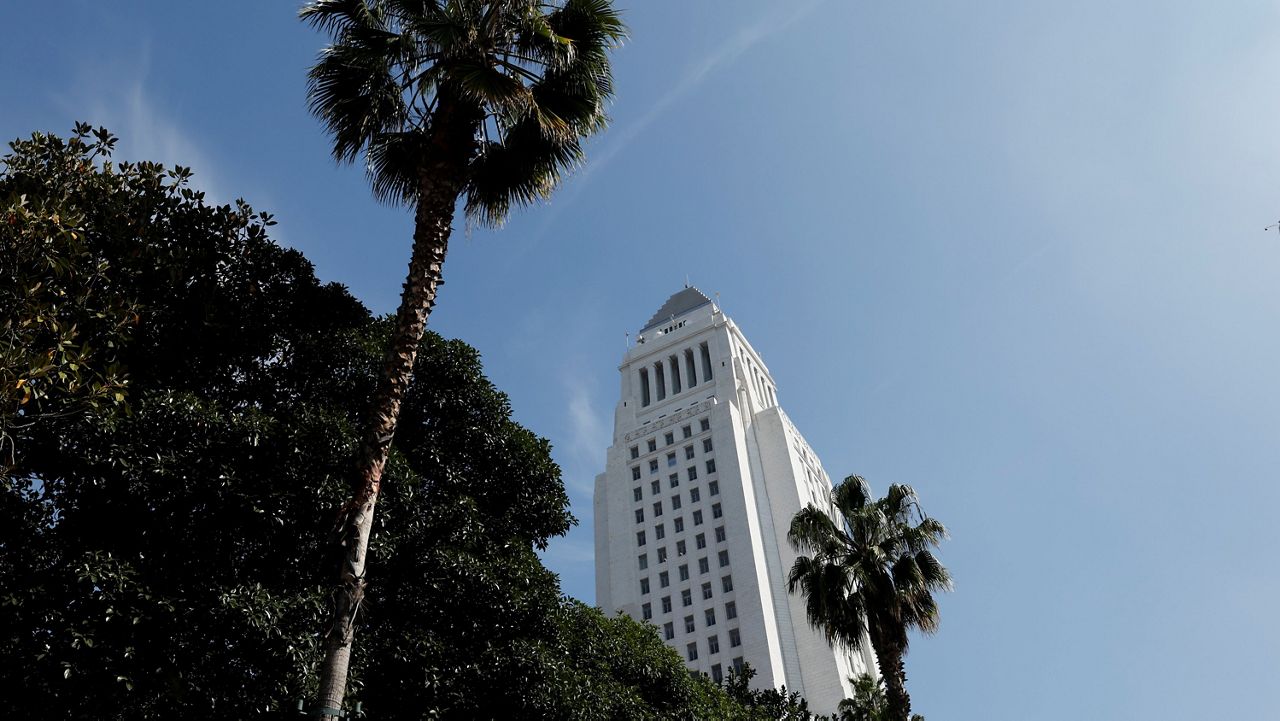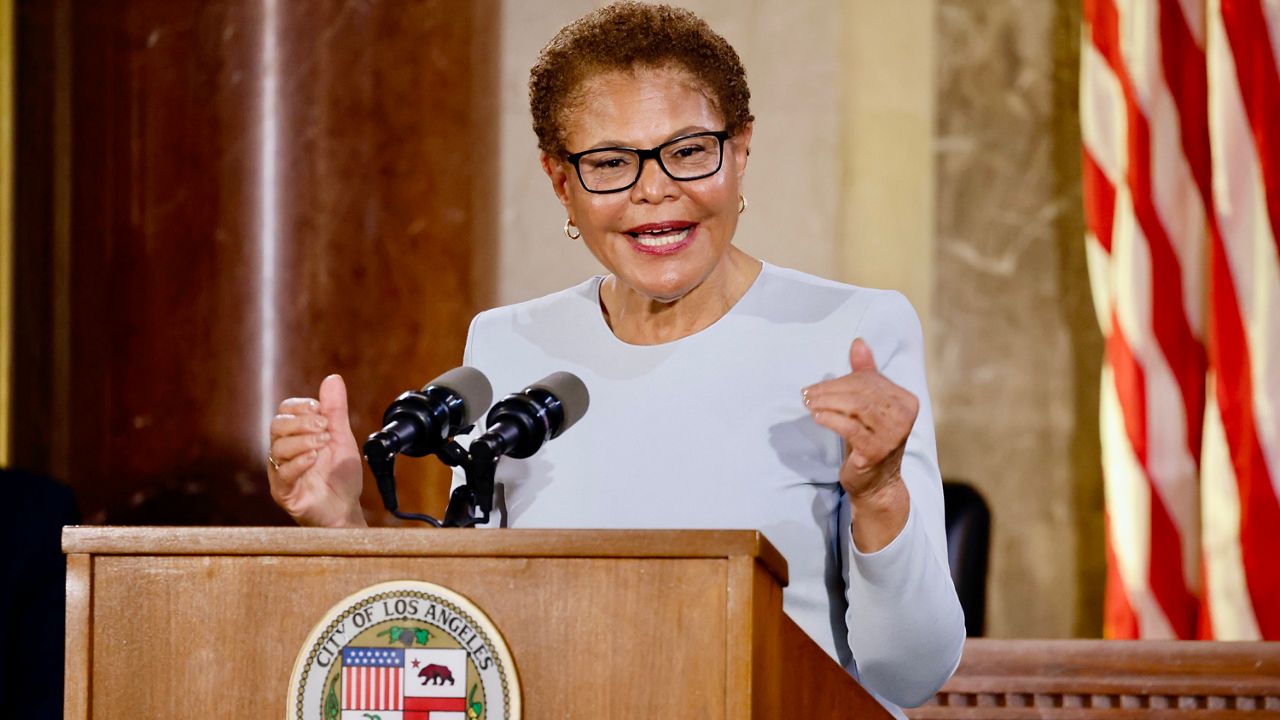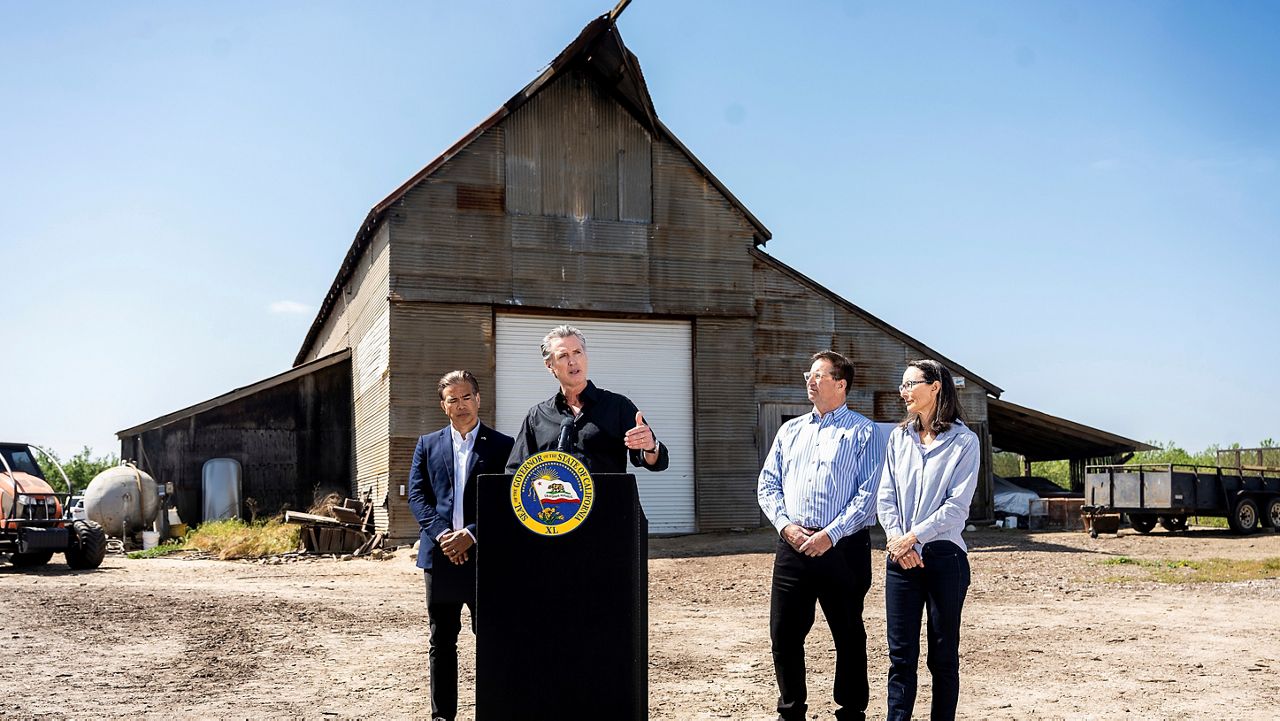Genna Casillas was flipping through her family photo album, but it’s more than just a stroll down memory lane. It’s also the story of Santa Monica.
"My uncles and aunts and great uncles and aunts, they cut trees to build Santa Monica College, and they were very involved just in the jobs that had to be done to build a city," Casillas said.
Genna is named after her grandmother Virginia. The Casillas family was the largest to emigrate to Santa Monica from El Valle de Guadalupe in Mexico in the early 20th century.
"They would all consider themselves absolutely American but they also loved their Mexican heritage, and I think it’s important to remember that different people from different places bring so much to a city," Casillas said.
Her family is the focus of an upcoming film entitled, “We Were All Here”— the story of 'La Veinte' and the Pico neighborhood in Santa Monica. They settled around 20th Street and Olympic, hence the name "La Veinte," which means 20 in Spanish.
"In a lot of ways, they helped build Santa Monica, so they fed the workers who were going out and building houses," Casillas said.
Filmmakers Dan Kwong and Paulina Sahagun have been collaborating on the film for more than year.
"I’ve probably photoshopped 300 photographs," Kwong said with a smile.
The idea actually started as performance piece but when the pandemic hit, they decided to turn it into a short film.
"There was a barbershop. There was a hotdog stand. All these different things happened here within this one little spot here over time," Kwong said pointing at the intersection of 20th Street and Olympic Boulevard.
Kwong said it was fun to discover all these ordinary, non-descript corners that suddenly had a deeper meaning. He walked by an adobe house just a few blocks away from his studio. He said a man nicknamed "Maestro" used to live here in the 1920s.
"Apparently, he would give these huge summer parties and have all these musicians and dancers. It sounded amazing," Kwong said.
We then came across a building that was the former site of the Casillas market. Sahagun recounts childhood memores of this spot.
"I did grow up coming to the Casillas market and we left because of the freeway," Sahagun said.
"When you learn history, you start to gain respect for other people."
The filmmakers hope viewers gain a new appreciation for those who set foot in the city long before many of us.
"There’s two sides of the story always and for us to have a fair view of those stories, we have to know the other side," Sahagun said.
"I’ve learned things about my family that I didn’t know and I’ve also unlearned stories that were wrong," Casillas said.
And she’s proud to share and preserve her family’s story for generations to come.











